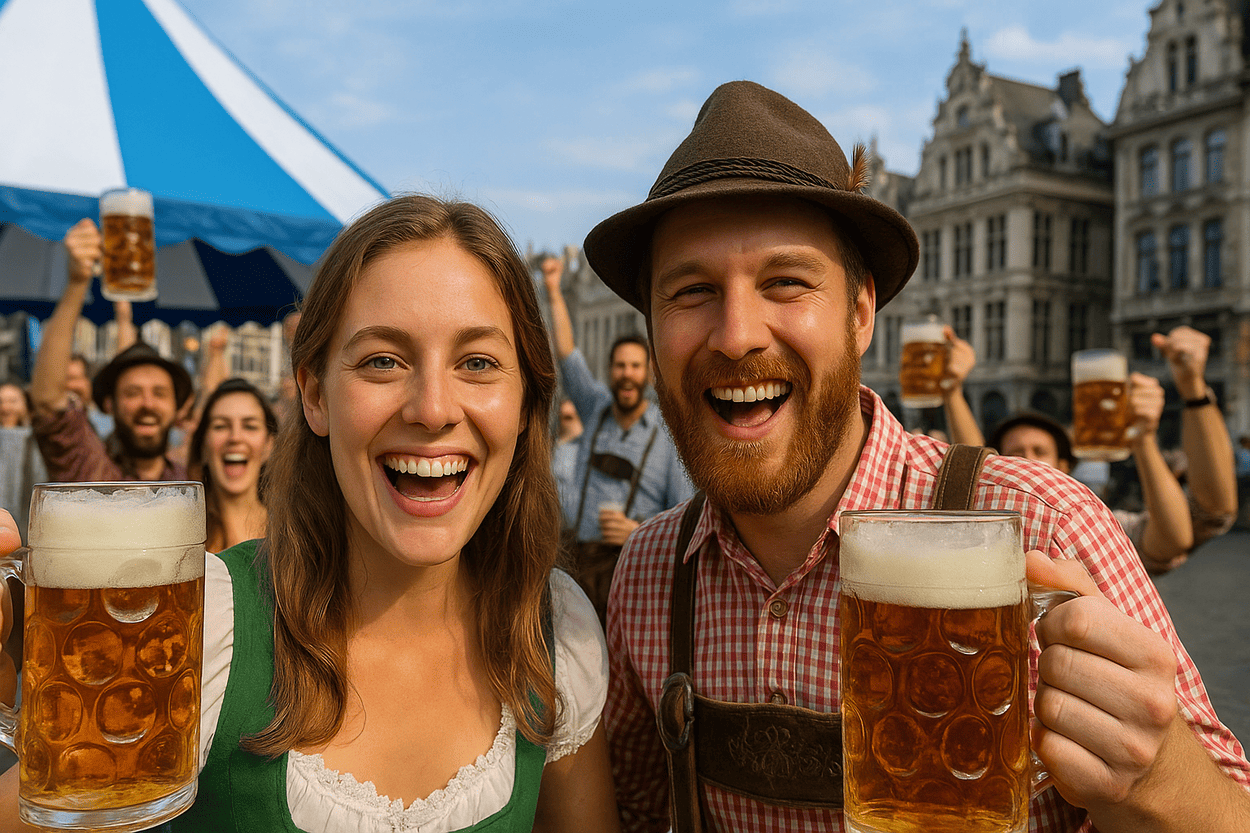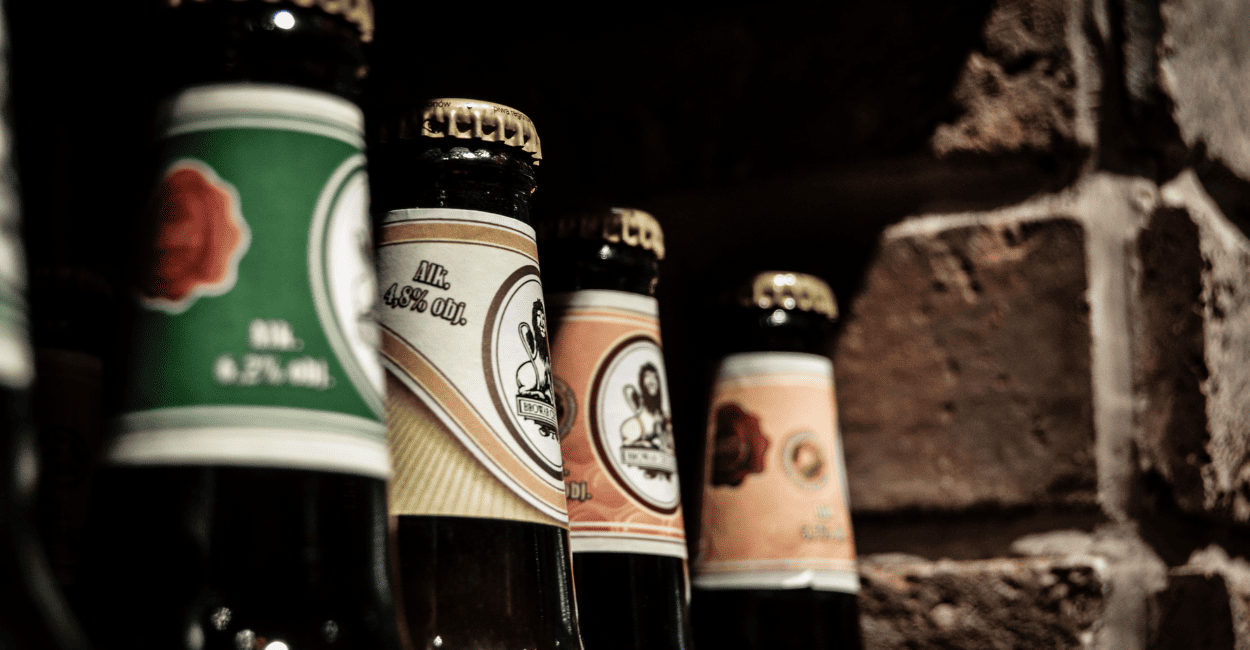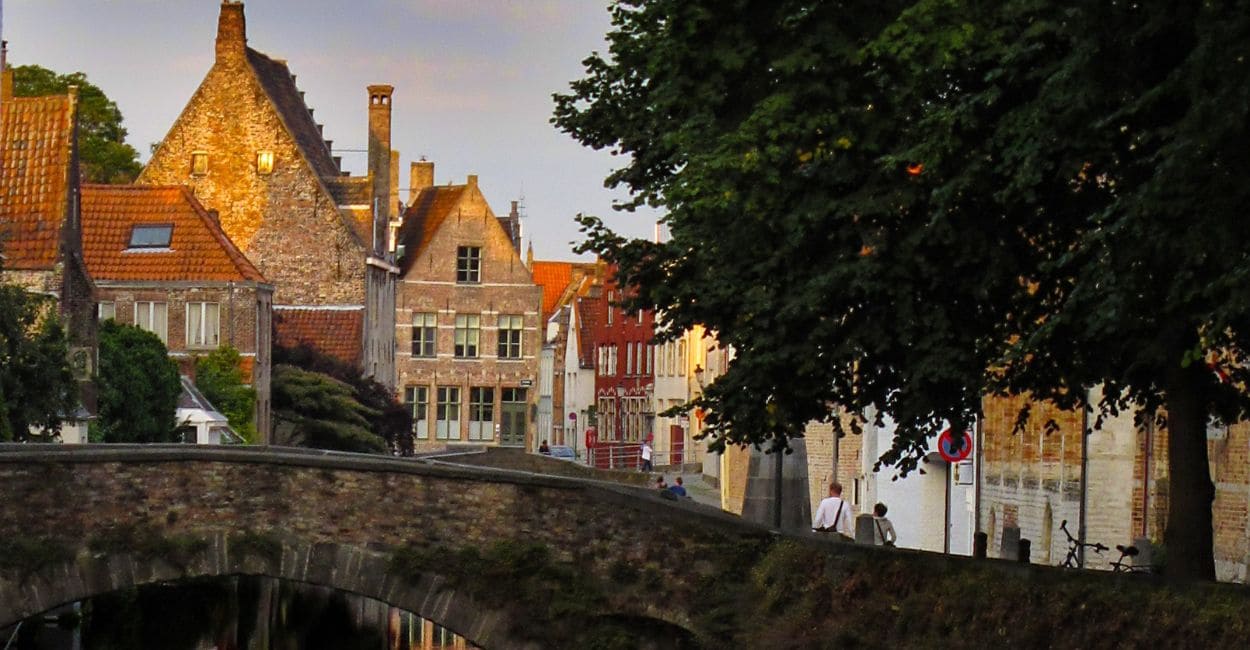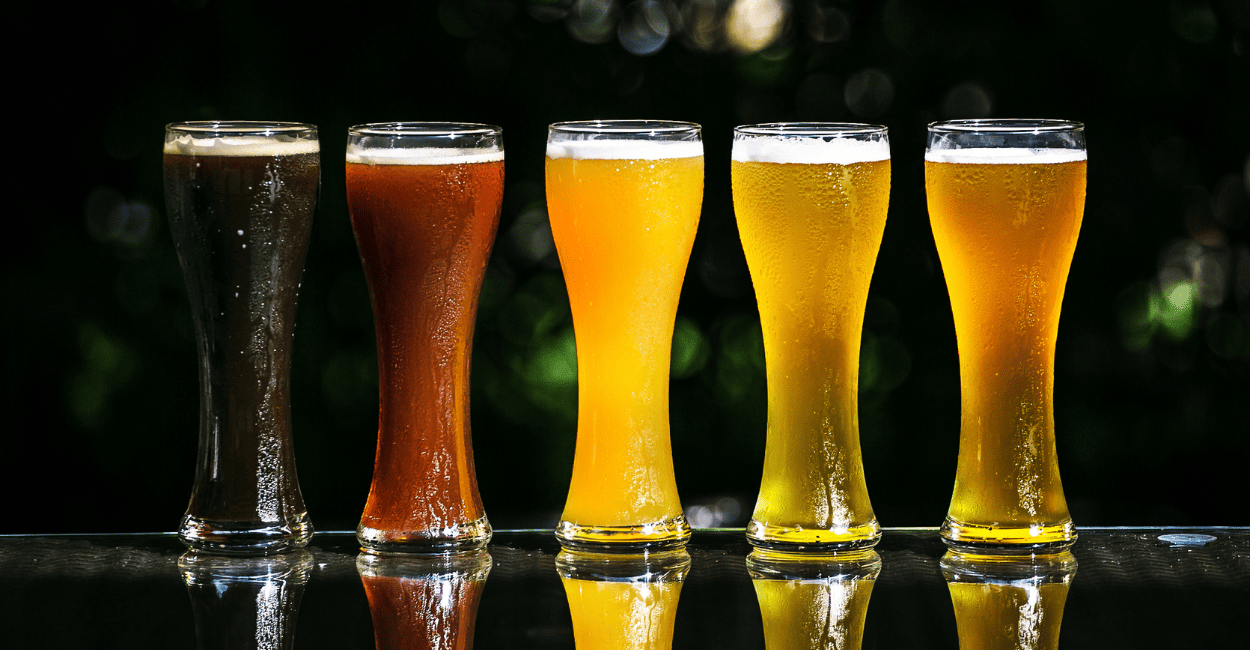History of the Manneken-Pis: the Irreverent Symbol of Brussels
The history of the Manneken-Pis is marked by mystery, tradition, and a touch of irreverence that has captivated the world. This small bronze statue, portraying a carefree boy urinating, goes beyond mere decoration and takes on a central role in the identity of Brussels. Its unusual gesture, far from being offensive, carries layers of symbolism—among them freedom of expression, popular humor, and irreverence toward power and pomp.
Located right in the historic center of the Belgian capital, the Manneken-Pis has become much more than a tourist attraction. It is a national icon, reproduced in souvenirs, celebrated in festivals, and often dressed in themed outfits. Its legends, stories, and meanings intertwine with the very history of the city, spanning centuries and sparking curiosity in those who visit it for the first time or return with renewed admiration.
What is the true story of the Manneken-Pis?
Legendary Origins and Early Historical Records
Among the many legends about the origin of the Manneken-Pis, one of the most popular says that the boy saved Brussels from a fire by urinating on a lit spark. Other stories mention nobility, witches, and miracles. Historically and officially, the earliest records of the statue date back to the 15th century, as part of a public fountain.
How the Statue Evolved Over the Centuries
In 1619, sculptor Jérôme Duquesnoy created the bronze version of the boy, inspired by classical art. Over the centuries, the statue was stolen and vandalized several times, and in 1965 it was replaced by a replica. The original is kept at the Brussels City Museum.
Why Did the Manneken-Pis Become a Symbol of Brussels?
Cultural and Folkloric Significance
The Manneken-Pis embodies the irreverent humor of the Belgian people and symbolizes the city’s cultural resilience. It has become a folkloric element, celebrated in festivals and events, and represented in works of art.
Tourist Impact and Global Popularity
Tourists from all over the world visit the statue every year. Its image appears on souvenirs, postcards, and campaigns. The Manneken-Pis has also inspired replicas in other countries and has become an emblem of Brussels.
What Are the Main Legends About the Manneken-Pis?
The Boy Who Put Out the Fire with Urine
According to legend, Brussels was about to be consumed by a great fire sparked during a festival. At the critical moment, a boy appeared in the crowd and, in an unexpected act, urinated on the flame, preventing the tragedy. This unusual gesture not only saved the city but also came to symbolize the triumph of humor and simplicity over chaos. The story strengthened the locals’ attachment to the statue, which came to represent the cunning and bravery of the people of Brussels in the face of adversity.
The Story of the Lost and Rescued Boy
Another popular legend tells of an aristocrat whose young son went missing during an important religious procession in the city. The disappearance mobilized both authorities and citizens in an extensive search that lasted for days. The boy was finally found on a nearby street, calmly urinating on a corner, completely unaware of the commotion he had caused. In a gesture of relief and gratitude, the father commissioned a statue to be placed exactly where his son was found, immortalizing that unusual moment as a celebration of childhood innocence and paternal love.
What Does the Manneken-Pis Wardrobe Mean?

Origin of the Clothing Tradition
The tradition of dressing the Manneken-Pis began in the 17th century. Rulers and visitors started gifting the statue with outfits representing regions, professions, or festive occasions.
Most Iconic Outfits and When They’re Worn
Today, the “little peeing boy” has over a thousand outfits. These costumes are worn on special occasions and selected by a cultural commission. Among the most famous are the Elvis Presley, samurai, and bullfighter outfits.
Where is the Manneken-Pis and how to get there?
Exact address and access in Brussels
The statue is located at the intersection of Rue de l’Étuve and Rue du Chêne, just a few meters from the Grand Place. It can be reached by metro from Bourse or Gare Centrale stations.
Best times and visiting tips
It’s best to visit in the morning or late afternoon, when the area is less crowded. Check the official calendar to see if the Manneken-Pis will be dressed on the day of your visit.
What to see around the Manneken-Pis?
Sister statues and nearby attractions
Just a few minutes away are the sister statues: Jeanneke Pis, the female version, and Zinneke Pis, a dog peeing. You should also visit the Grand Place, the Galeries Royales Saint-Hubert, and the Brussels City Museum.
Restaurants and cafés to include in your itinerary
In the surrounding area, you’ll find plenty of options to enjoy waffles, fries, Belgian beers, and other specialties. Cafés with views of the monuments are perfect for relaxing.
Frequently Asked Questions About the History of the Manneken-Pis
Who created the Manneken-Pis and when?
The sculptor Jérôme Duquesnoy was responsible for the bronze version, completed in 1619.
Is the Manneken-Pis we see today the original?
No. The original statue is preserved in the Brussels City Museum. The current copy was installed in 1965.
LOCATION
Between Rue de l’Étuve and Rue du Chêne, south of the Grand Place.
TRANSPORT
Metro: Bourse and Gare Centrale, lines 1 and 5.
Tram: Anneessens, lines 3, 4, 31, 32, and 33.
Bus: 29, 34, 47, 48, 60, 63, 65, 66, 71, 95, and 96.
NEARBY PLACES
Brussels Grand Place (265 m)
Galeries Royales Saint-Hubert (467 m)
Jeanneke Pis (485 m)
See also: Things to Do in Brussels
Manneken-Pis is a must-see, but Brussels has so much more to offer. Check out our all-in-one Brussels guide to make the most of your trip.










